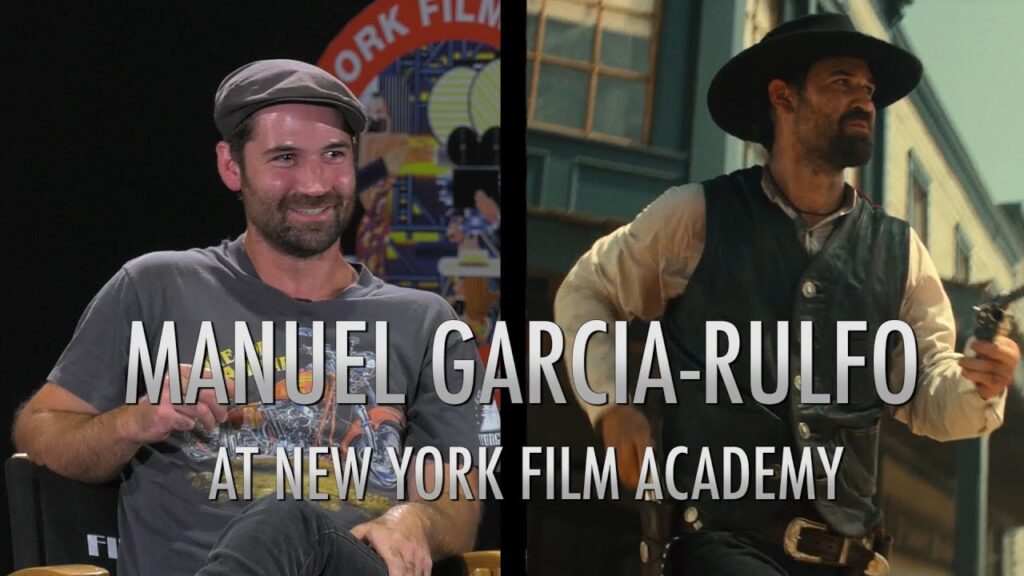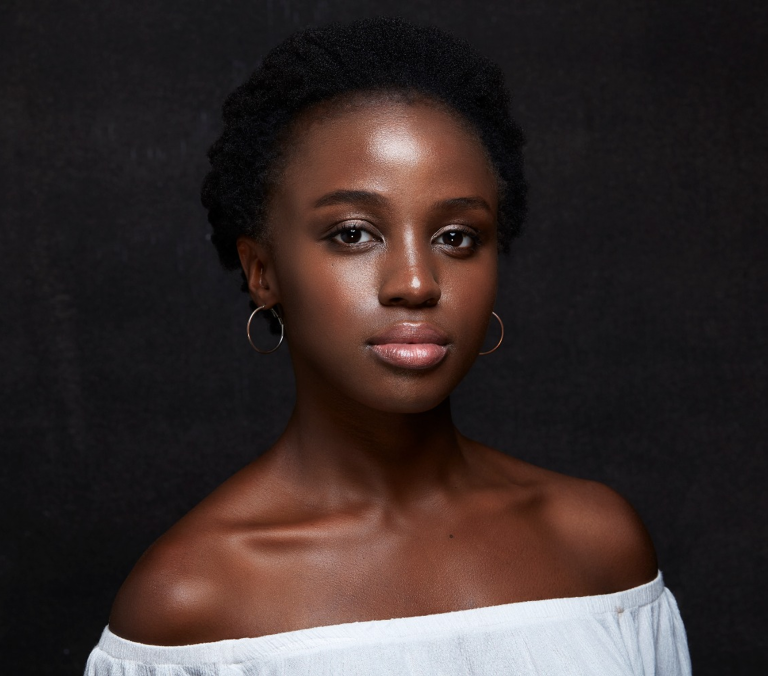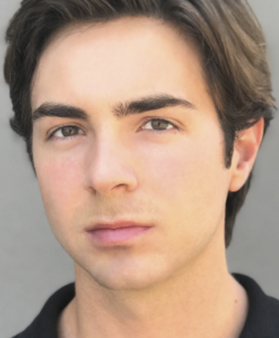Strengthen Audition and Acting Skills at NYFA
NYFA’s 2-Year Acting for Film Program aims to strengthen the actor’s experience in front of the camera while deepening their relationship to their physical and vocal work. Through practical on-camera experience, an intense classwork regimen and scene work, students build confidence in their acting abilities.
Students also complete a range of hands-on projects, creating an acting reel that demonstrates their talents. Topics throughout the course include stage performance, speech and dialect, movement, character study, audition technique, new media, as well as Shakespeare.
Curriculum
NYFA New York’s conservatory-based acting for film program curriculum includes:
- An intensive sequence of classes in topics which includes Technique & Scene Study, Business of Acting, New Media, Building the Reel, and more
- Experienced faculty and staff actively working in the film, television, and entertainment industries
- The opportunity to act in peer projects and learn additional creative and technical on-set roles
- Access to a robust library of high-quality video, sound, and lighting equipment rentals
- The opportunity to attend exclusive guest lectures with film industry leaders such as actors, directors, producers, and more
To learn more about the two-year program, refer to NYFA’s Course Catalog, or request more information.
The 2-Year Acting for Film program is a four semester, full-time program. At the New York campus, this program is for those students who have auditioned for and been selected by the NYFA audition board. Learn more about the audition requirements here.
Qualified students who complete the 2-Year Certificate may apply to have their coursework be accepted for advanced standing in the BFA in Acting for Film degree program.
The two-year admission requirements include a minimum 2.5 GPA, letters of recommendation, personal statements, as well as auditions to determine placement.
Students will complete a variety of creative projects, including a live stage performance of a play, the development of an actor reel, as well as a on-location film shoot. To learn more, please see our projects page.
The 2-Year Acting for Film program is available at NYFA New York on the Gold Coast. Students interested in getting a degree can enroll in the two-year program at our NYC campus and then apply their coursework toward credit in a degree program.
17 Battery Pl,
New York, NY 10004
2-Year Acting for Film Program
| Location | Program Start Date and End Date | Tuition |
|---|---|---|
| New York City | January, 2026 – April, 2027 August, 2026 – December, 2027 | Spring 2026 Semester The program semesters tuition and duration is listed below. In addition to tuition please review the programs associated feesTuition:$20,895 Per Semester Program Fee:$1,000 Per Semester Program Duration: 4 SemestersFall 2026 Semester The program semesters tuition and duration is listed below. In addition to tuition please review the programs associated feesTuition:$19,500 Per Semester Program Fee:$1,000 Per Semester Program Duration: 4 Semesters |
*Additional Fees:
Spring 2026 – Summer 2027
| Technology Fee: | $80 Per Semester |
| Wellness Services & Programming Fee: | $145 Per Semester |
| Activity Fee: | $125 per semester |
| Orientation Fee: (Spring 2026: January 5th – January 9th) |
Domestic Students: $150 International Students: $200 |
| Graduation Fee: | $100 |
| International Student Fee: | $200 for the first semester, $120 each subsequent semester |
Please note: Equipment, curriculum, and projects are subject to change and may vary depending on location. Students should consult the most recently published campus catalog for the most up-to-date curriculum.




